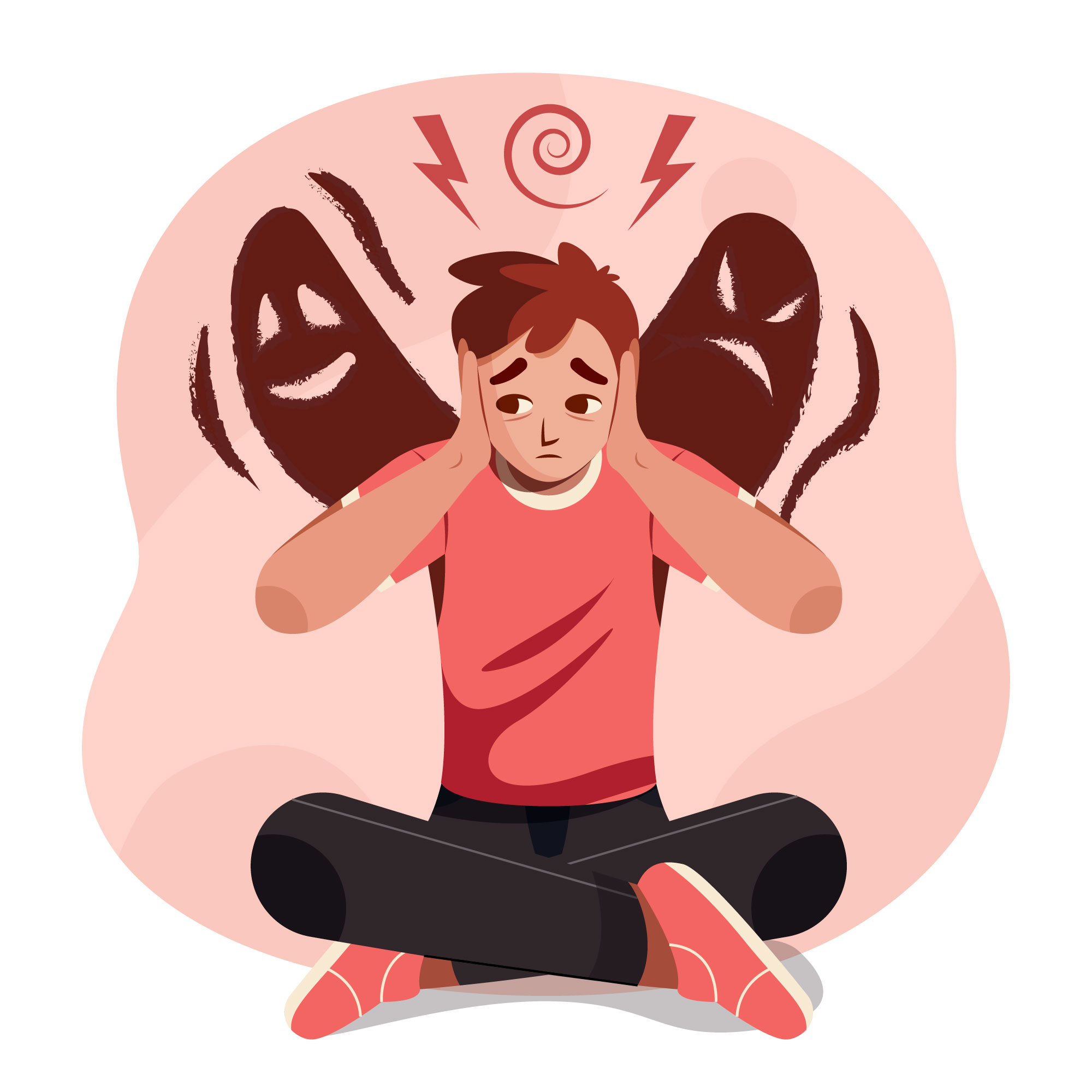Separation Anxiety Disorder
Overview
Separation Anxiety Disorder (SAD) is characterized by excessive fear or anxiety concerning separation from attachment figures, surpassing typical developmental levels and significantly impairing daily functioning. While commonly associated with children, SAD can persist into adolescence and adulthood. In India, understanding and addressing SAD is crucial, given the unique cultural and familial dynamics that influence attachment and independence.
Key Facts
- Prevalence: Studies indicate that anxiety disorders affect approximately 2.57% of the Indian adult population, with higher rates observed in females and urban residents. Among adolescents, the prevalence of anxiety disorders is estimated at 0.41%. Specific data on SAD within the Indian context are limited, highlighting the need for focused research.
- Age of Onset: SAD often manifests in early childhood but can continue into adolescence and adulthood if unaddressed.
- Gender Differences: Females are more susceptible to anxiety disorders, including SAD, potentially due to sociocultural factors and differing stressors.
Symptoms and Patterns
Individuals with SAD may exhibit:
- Excessive Worry: Persistent fears about potential harm befalling loved ones during separations.
- Reluctance to Separate: Avoidance of activities that necessitate separation, such as attending school or work.
- Physical Complaints: Somatic symptoms like headaches, stomachaches, or dizziness during or in anticipation of separation.
- Sleep Disturbances: Difficulty sleeping alone or frequent nightmares about separation.
Risk and Protective Factors
Risk Factors:
- Family Dynamics: Overprotective parenting or a history of parental anxiety can increase susceptibility to SAD.
- Life Stressors: Events such as the loss of a loved one, parental divorce, or relocation can trigger the onset of SAD.
- Cultural Expectations: In collectivist societies like India, strong familial bonds may inadvertently reinforce dependency, contributing to separation anxiety.
Protective Factors:
- Secure Attachment: Healthy early bonding experiences foster confidence and reduce anxiety related to separation.
- Gradual Exposure: Encouraging gradual independence through positive reinforcement can help mitigate separation fears.
- Supportive Environment: Access to understanding caregivers, teachers, and peers provides reassurance and reduces anxiety levels.
Treatment and Care
Effective management of SAD involves:
- Psychotherapy: Cognitive-Behavioural Therapy (CBT) is particularly effective, assisting individuals in identifying and challenging irrational fears associated with separation.
- Medication: In severe cases, anxiolytics or antidepressants may be prescribed to alleviate intense anxiety symptoms.
- Parental Involvement: Educating parents about SAD and involving them in therapy sessions ensures consistent support and reinforcement of coping strategies.
Psychological and Psychosocial Interventions
- Behavioural Strategies: Implementing routines that include short, planned separations can help individuals build tolerance and reduce anxiety over time.
- School-Based Programs: Collaborating with educational institutions to create supportive environments facilitates smoother transitions and reduces school refusal behaviours.
- Community Awareness: Raising awareness about SAD within communities reduces stigma and encourages affected individuals to seek help.
Conclusion
Separation Anxiety Disorder, while often overlooked, significantly impacts the well-being of individuals and their families in India. Cultural nuances play a pivotal role in the manifestation and perpetuation of SAD, necessitating tailored interventions that respect and incorporate these dynamics. Early identification, combined with comprehensive treatment approaches, can lead to improved outcomes and enhanced quality of life for those affected.


